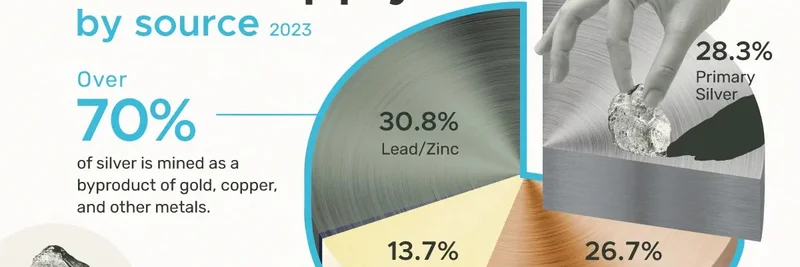Recently, BSC News spotlighted VeChain's intriguing three-token model in a tweet, asking how @vechainofficial pulls off this multi-token setup and whether it's built to last. As someone who's spent years diving into crypto ecosystems, I find this flywheel approach fascinating—it's like a well-oiled machine where each token plays a specific role, creating a loop that could inspire even meme token projects looking for more substance. Let's break it down step by step, keeping things straightforward for anyone new to the space.
The Evolution Behind VeChain's Token Strategy
VeChain didn't just wake up with this system; it's evolved over time to make the network more efficient and user-friendly. Starting out, every VET holder got VTHO automatically to kickstart transactions and growth. Think of it as handing out free gas to get the engine running.
Now, they're shifting gears with the StarGate platform, where you have to stake your VET to generate VTHO. This isn't just a tweak—it's a smarter way to reward active participants. Over 13,000 nodes have been minted, and more than 6 billion VET are staked already. This sets the stage for the upcoming Hayabusa upgrade, which promises even juicier rewards for stakers. The idea? More activity means more burns and scarcity, which could pump up value without endless inflation.
VET: The Backbone for Security and Decisions
At the heart of it all is VET, VeChain's main token. It's not just for holding; you stake it on StarGate to help secure the network through consensus—basically, keeping the blockchain honest and running smoothly. In exchange, you earn VTHO, and you get a say in governance votes, like deciding on updates.
With a circulating supply of about 86 billion and a hard cap not far off, VET's economics are predictable, which is a big plus in the wild world of crypto. It ties everything together: stake VET, generate VTHO, and keep the flywheel spinning. For meme token creators watching, this shows how a utility token can add real staying power beyond hype.
VTHO: Fueling the Network with Built-In Scarcity
VTHO is the gas token—think of it as the fuel you need for any transaction or smart contract on VeChainThor. Every action burns a bit of VTHO, which helps prevent spam and keeps things efficient.
The game-changer comes with Hayabusa: all transaction fees get burned completely. As the network buzzes with more use, VTHO supply shrinks, tying its value straight to adoption. No more free VTHO for everyone; it's now mostly for stakers, cutting inflation by up to 72%. VeChain highlighted this in a post, noting how it creates a natural balance. It's a clever way to make the token more valuable as the ecosystem grows, something meme projects could borrow to avoid pump-and-dump pitfalls.
B3TR: Rewarding Real-World Good Deeds
Here's where it gets eco-friendly: B3TR is the reward token in the VeBetter subsystem, handed out for sustainable actions like using a reusable coffee cup or charging your EV. These get verified on the blockchain, and to claim them, you burn some VTHO—feeding back into the flywheel.
Over 5 million users have jumped in, tracking impacts that matter. It's not just crypto for crypto's sake; it's linking blockchain to real life. For businesses, it's a tool to log corporate green efforts. Access it via the VeWorld wallet, and suddenly, you're earning while doing good. This adds a layer of purpose that could make meme tokens more appealing if they tied rewards to community actions.
How It All Fits Together in Practice
Picture this cycle: You stake VET on StarGate, earn VTHO. Use that VTHO to record a green action in VeBetter—it gets burned, you get B3TR. More burns mean scarcer VTHO, boosting VET's value through better security and less inflation. Nodes are key here, acting as your staked badges for governance and perks.
The Hayabusa upgrade amps this up by burning all fees and focusing VTHO on stakers. It's a self-sustaining loop where activity begets value. In the broader crypto scene, especially for meme coins, this model offers a blueprint for longevity—moving from viral hype to actual utility and incentives.
Is This Model Sustainable Long-Term?
The big question from the BSC News tweet: Can this hold up? From what we've seen, yes—it ties value to real use and behaviors, not just speculation. By burning fees and rewarding stakes, it fights inflation and encourages participation. VeBetter's focus on sustainability adds external appeal, drawing in users beyond traders.
Of course, success hinges on adoption. If more dApps and businesses hop on, the flywheel spins faster. For now, with billions staked and millions engaged, it's looking solid. Meme token devs, take note: Adding layers like this could turn a fun project into a lasting one.
If you're curious, check out the full scoop on BSC News or dive into VeChain's official docs. What's your take—could this inspire the next big meme ecosystem?


